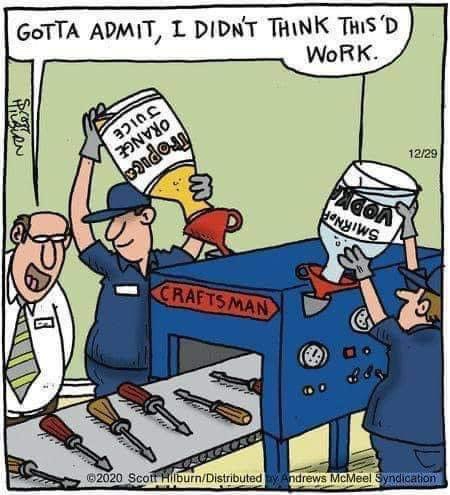In the realm of tools and fasteners, one peculiar creation stands out – the flat head screw and its accompanying screwdriver. With the wide range of modern tools available, you might find yourself questioning why these seemingly outdated components still maintain their presence in our lives. But fear not, for the story behind flat head screws and their enduring legacy is one that speaks to ingenuity, practicality, and the ever-evolving nature of human innovation.

The Birth of the Flat Head Screw: The origins of the flat head screw date back to ancient times, with evidence suggesting its use in various cultures across the globe. However, it wasn’t until the Industrial Revolution that screws gained prominence as a fastening solution. In the early 19th century, English inventor Henry Maudslay introduced the concept of standardized screw threads, which laid the foundation for modern screws.
The Quest for Simplicity: At first glance, the flat head screw might appear somewhat primitive compared to its counterparts, but its design serves a crucial purpose – simplicity. The flat head design allows for easy insertion into wood, metal, or other materials. It also provides a flush finish when properly countersunk, making it an ideal choice for applications where aesthetics matter.
The Challenge of Stripping: While flat head screws have served us well for generations, they are not without their challenges. One common frustration is the tendency for flat head screws to strip, making them difficult to remove or tighten. This inconvenience has sparked the creation of alternatives, such as Phillips head and Torx screws, designed to reduce the likelihood of stripping.
Legacy and Practicality: As technology advances, it’s only natural to question why flat head screws haven’t been phased out entirely. The truth is, they still have a place in many applications. Their simplicity, availability, and cost-effectiveness make them valuable options for DIY projects, woodworking, and applications where aesthetics aren’t a primary concern.
Adaptation and Progress: While the flat head screw may seem like a relic of the past, its existence serves as a testament to the adaptability of tools over time. Modern variants of flat head screws, such as Robertson and Frearson screws, have been introduced to address the challenges associated with traditional designs.
In the grand tapestry of innovation, the flat head screw and screwdriver play a unique and enduring role. While modern technology has given rise to more sophisticated fasteners, there’s something reassuring about the humble nature of the flat head screw. Its journey from ancient times to the present day reminds us that innovation isn’t just about creating something new – it’s also about refining and perfecting what already exists.
As an Amazon Associate we earn from qualifying purchases through some links in our articles.



